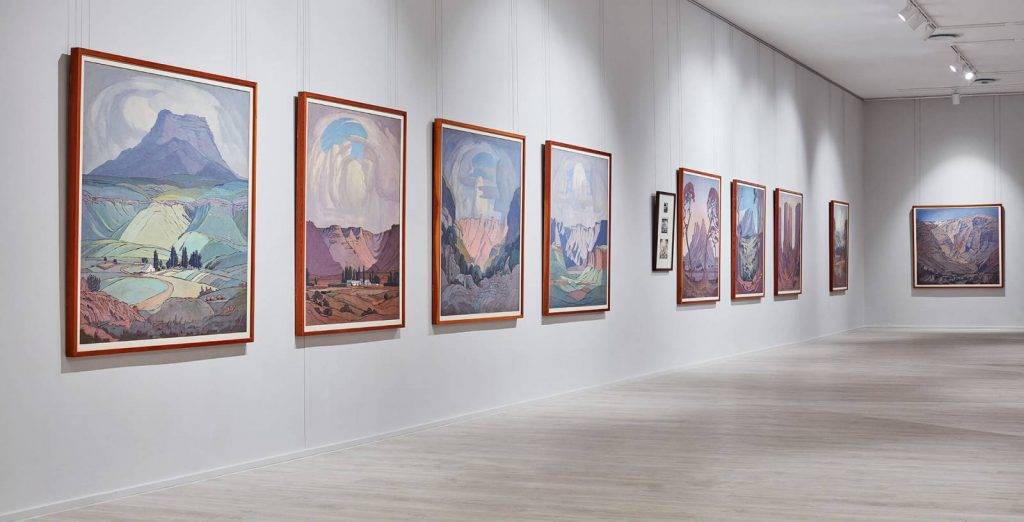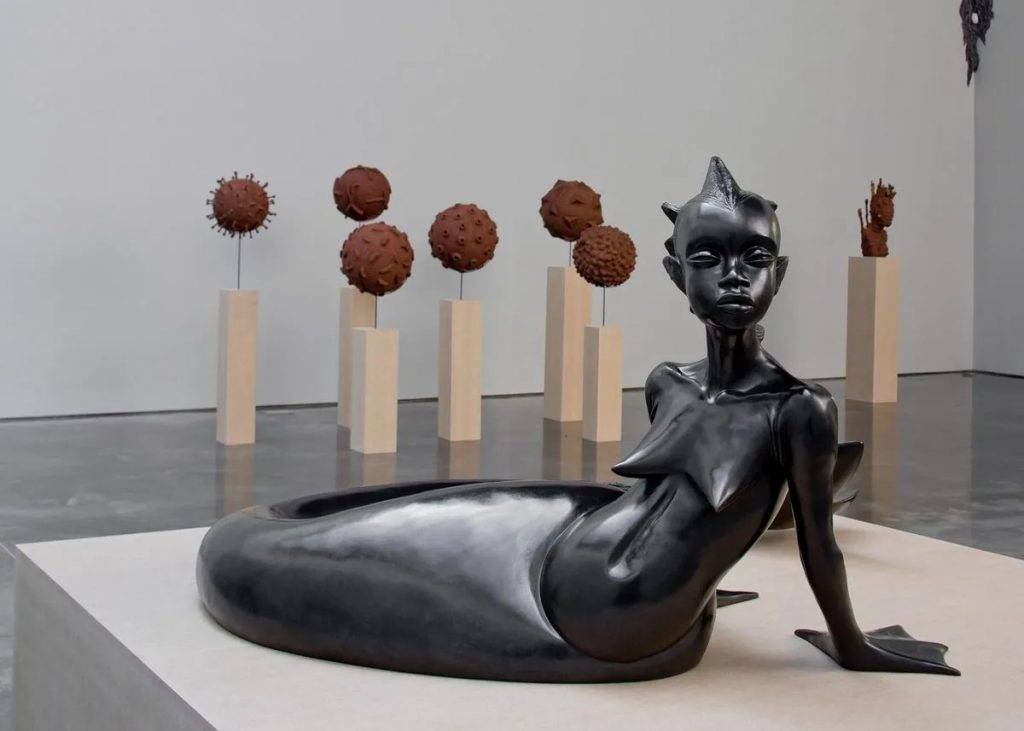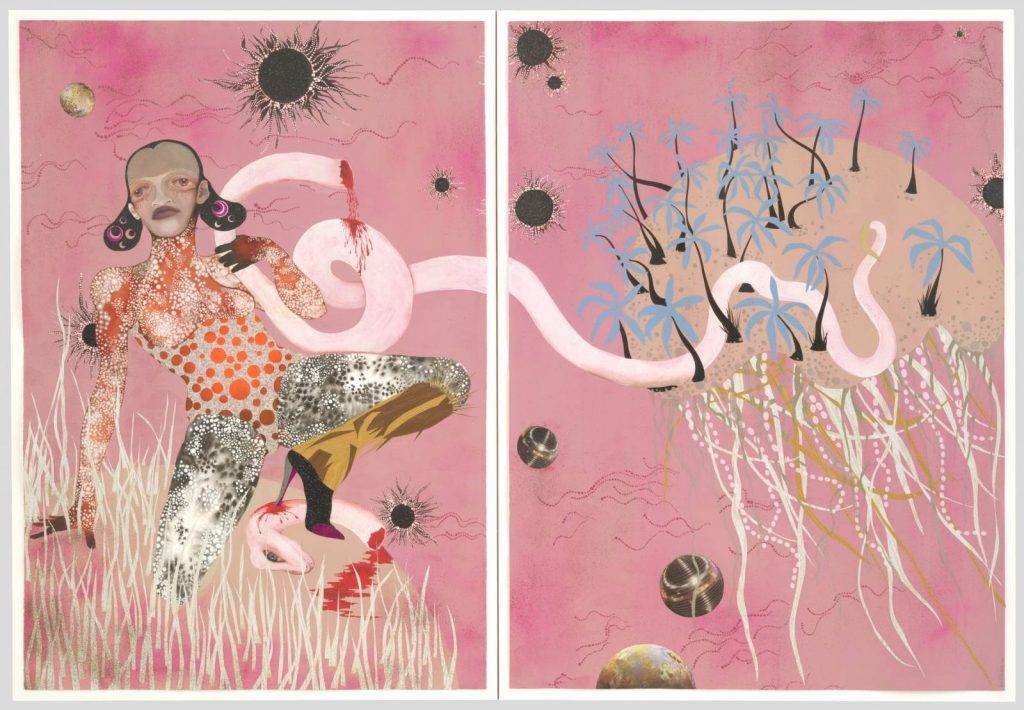Around the globe, World Art Day is celebrated on 15 April with the theme “art is good for the health”. But, while World Art Day celebrates the development, diffusion and enjoyment of art, the African art world celebrates the nuance, joy and unique narratives of the continent’s diverse artforms.
Those in Africa might ask, “What does it mean to be African in an art world which for decades pillaged, colonised and dismissed Africa’s great works?”
“This World Art Day is a timely reminder that art can unite and connect us even in the most difficult of circumstances. Indeed, the power of art to bring people together, to inspire, heal and share, has become increasingly clear during recent conflicts and crises, including Covid-19,” says Unesco’s website.
Last month, South African master Irma Stern’s 1939 work Children Reading the Koran sold for R22 million at auction, making the painting the most expensive artwork sold on the African continent. The competitive bid-offs that took place at the Strauss & Co sale reveal a growing interest and investment in art produced on the continent.
Popular art forms throughout Africa, such as beadwork, sculpture, bronzes, paintings, basketry and textiles, transcend Africa’s reputation as a homogeneous place and mark it as a continent with a more nuanced artistic universe. Different nations lean more towards different artforms based on traditions, natural resources, as well as resources left in colonialism’s shadow.
Ghana’s popular art form is wood carving, while Nigeria’s Benin bronzes tell stories of a kingdom’s political and social life. In contrast, South Africans opt for sculptural and ceremonial beadwork and contemporary painting transcends borders as a chosen medium across many nations in Africa.
It is hard to put the art produced in Africa or by Africans under a single umbrella of “African art” because it is diasporic, spans disciplines, and transcends the Western hemisphere’s movements, such as Bauhaus, art deco or Dadaism, even though African artworks exhibit qualities of these movements.
If Unesco says art “nurtures creativity, innovation and cultural diversity for all peoples across the globe” and “plays an important role in sharing knowledge and encouraging curiosity and dialogue”, then why does African art often exist separately from Asian, American and European art?



Return to sender
Museums across the world have rooms dedicated to African art, for example, the British Museum in London, which houses a large collection of art looted during colonial times. South African museums such as Cape Town’s Zeitz Museum of Contemporary Art Africa promote African and black joy through exhibition’s like When We See Us.
While the debate about returning art looted by colonists to the African countries they originated from still rages, artists on the continent and in the diaspora continue to produce world-renowned works. Perhaps the context of time is the differentiator between African art living in international institutions.
Take South Africa’s William Kentridge, whose work has been on display at the Tate Modern, in the UK, or Kenyan artist Wangechi Muchu, who is exhibiting in the New Museum in New York. This work is consensually exhibited as an ambassador of art from the African continent. On the other hand, over 100 000 pieces of Congolese art from the 1800s are housed in Belgium’s Royal Museum for Central Africa, due to King Leopold II’s control.
While some of this looted art is gradually being returned to Africa, one wonders whether it would have been returned if not for the previously colonised world demanding it back.
Celebrating World Art Day in Africa can also be a celebration of those works by masters that revel in international praise, lest we forget smaller artists whose works are promoted on local platforms, such as the Investec Art Fair, FNB Art Joburg and the Latitude Art Fair.
Older African masters, such as Vladimir Tretchikoff or JF Pierneef, immortalise tradition, while contemporary artists, like Athi Patra Ruga, embrace today’s widely celebrated African vibrance.
Surely celebrating World Art Day in Africa is a celebration of Africa’s understanding of nuance and duality.